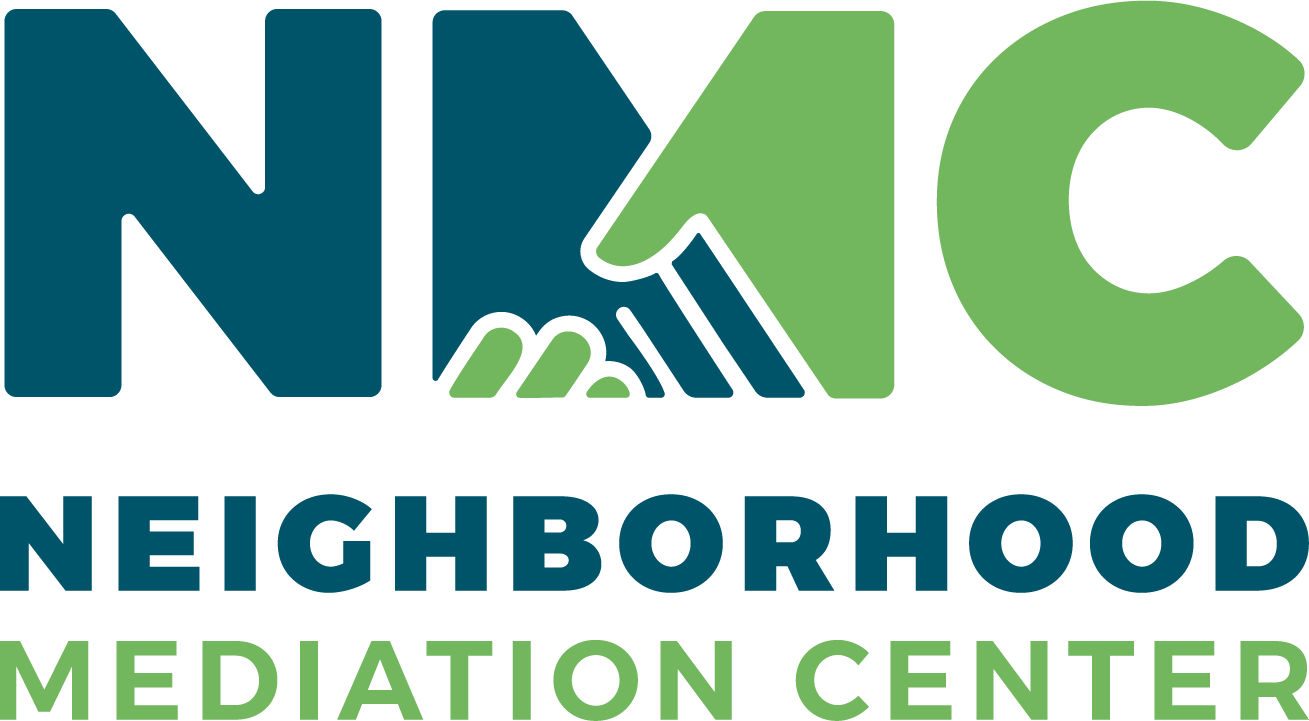Mediation Tool Box
Here's a concise list of tools and techniques mediators use in the process. Would you agree with the definitions? What would you add?
Interviewing / Taking in Information: Gathering relevant details from parties to understand the conflict and context.
Creating Buy-In: Gaining commitment from participants to engage in the mediation process.
Building an Opening Strategy: Planning how to initiate the mediation, setting the tone and structure.
Setting up the Room: Arranging the physical space to support comfort, equality, and open communication.
Setting the Stage: Preparing the environment and expectations for a productive session.
Opening the Session(s): Starting the mediation with introductions, explaining the process, and clarifying goals.
Building Trust: Establishing rapport and credibility with all parties to foster open communication.
Explaining and Holding the Process: Clarifying the mediation process and ensuring its proper execution throughout.
Deciding On and Laying Out Ground Rules: Creating guidelines to govern the interaction and ensure respectful dialogue.
Curiosity: Showing interest in each party’s perspective to understand underlying concerns and motivations.
Asking Questions: Using different types of questions (open-ended, closed, etc.) to elicit information and clarify issues.
Reflecting: Mirroring parties’ statements to show understanding and help clarify their positions.
Normalizing: Helping parties see their feelings or reactions as common and acceptable in conflict.
Listening: Paying close attention to verbal and non-verbal communication.
Active Listening: Engaging fully with the speaker to demonstrate understanding and empathy.
Summarizing: Restating key points to ensure mutual understanding and progress.
Reframing: Rewording negative or harmful statements to encourage constructive dialogue.
Party Reflects Party (Push): Encouraging parties to articulate each other’s perspectives to enhance empathy.
Stating Issues: Clearly defining the core problems to be addressed in the mediation.
Staying Unbiased: Remaining neutral and objective throughout the mediation process.
Being Biased: Recognizing when personal biases may arise and managing them carefully.
Interrupting: Politely stopping parties when needed to maintain focus or prevent escalation.
Confronting: Addressing problematic behavior or statements directly but constructively.
Problem Framing: Structuring the conflict in a way that highlights solvable issues.
Prioritizing: Identifying which issues are most critical to address first.
Uncovering Interests: Identifying the underlying needs and motivations behind parties’ positions.
Managing Time: Keeping the mediation process on track and ensuring efficient use of time.
Letting There Be Silence: Allowing pauses for reflection without rushing to fill the space.
De-escalating / Escalating: Managing the emotional intensity to either calm or highlight key issues.
Cloak of Invisibility: Minimizing mediator presence to let parties take ownership of the process.
Using Humor: Appropriately introducing lightness to reduce tension and foster connection.
Storytelling: Sharing relevant narratives to illustrate points or shift perspectives.
Time Traveling: Encouraging parties to think about future implications of their choices.
Note Taking, Private and Public: Keeping records for clarity, either privately for the mediator or shared with the group.
Mediator Role Plays Parties: Stepping into the shoes of a party to demonstrate a perspective or behavior.
Modeling: Demonstrating desired behaviors such as active listening and constructive dialogue.
Mapping the Process: Outlining the steps and flow of the mediation to guide participants.
Caucusing / Separate Meetings: Meeting with parties individually to explore sensitive issues or unblock negotiations.
Praising and Encouraging: Acknowledging progress and motivating continued engagement.
Dancing with a Co-Mediator: Collaborating seamlessly with a co-mediator to maintain process flow.
Reading Energy Levels: Observing participants’ emotions and adjusting the approach accordingly.
Role Reversing: Encouraging parties to see the situation from each other’s perspectives.
Highlighting Commonality and Differences: Pointing out shared goals and differing viewpoints to clarify paths forward.
BATNA Exploring: Discussing the best alternative to a negotiated agreement to assess each party’s leverage.
Validating: Affirming parties' feelings or statements to show they are heard and understood.
Agreement Writing: Drafting clear, actionable agreements based on negotiated outcomes.
Reality Testing: Examining proposed solutions to ensure they are practical and realistic.
Following Up: Checking in after the mediation to review progress or address remaining issues.
Closing the Session: Concluding the mediation by summarizing agreements or next steps and ending on a positive note.

